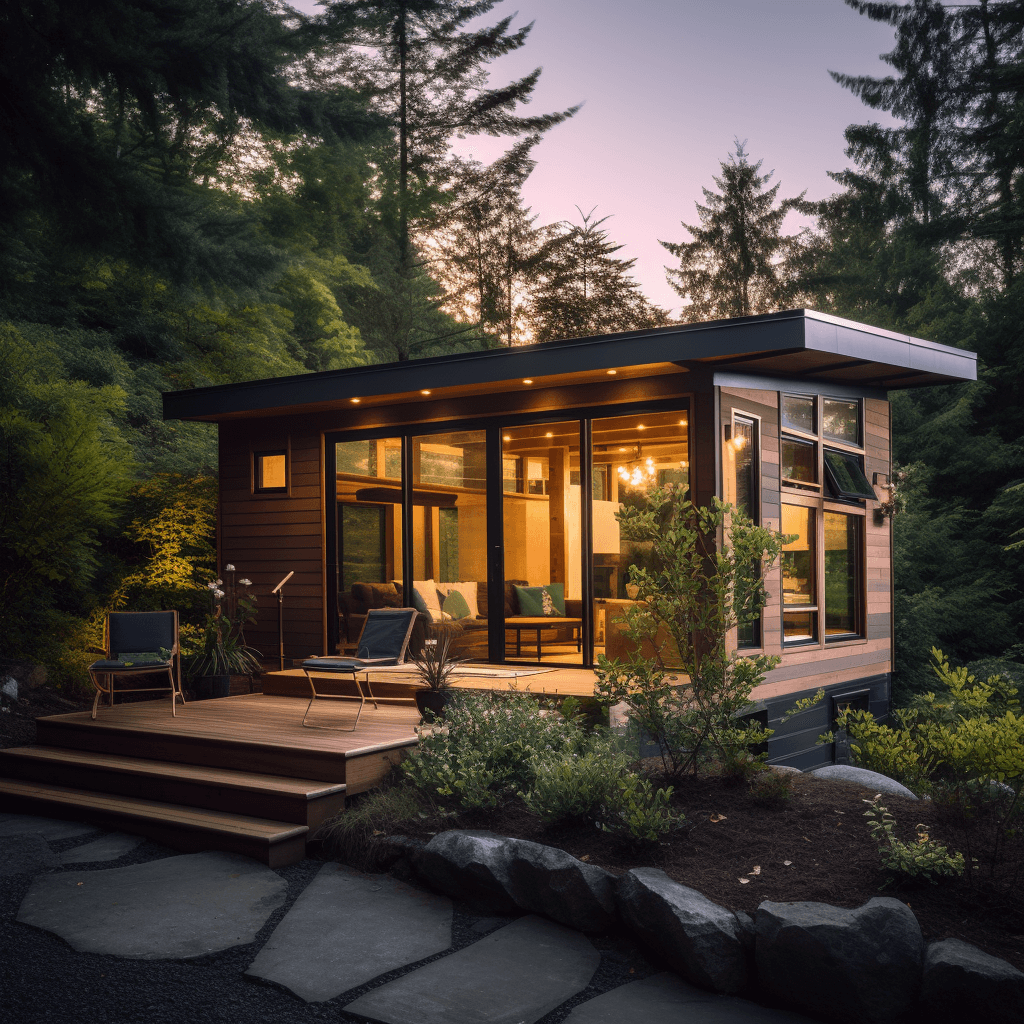Tiny Homes Revolution: A Sustainable Shift or a Passing Fad?

The tiny house movement advocates for living simply in small homes. As property prices soar and environmental concerns grow, people are considering tiny homes as a solution. This article delves into the tiny house movement's viability as a sustainable living option or a transient trend.
The Tiny House Movement: A Historical and Cultural Analysis
The tiny house movement, while gaining significant attention in recent years, is not without historical precedent. Its principles echo past housing trends and philosophies that underline simplicity and minimalism. In the realm of American history, one can draw parallels to the humble shotgun shacks of the post-Civil War era—no-nonsense, modest dwellings that provided the essential needs for shelter without excess. Additionally, the writings and lifestyle of Henry David Thoreau, particularly his famous experiment at Walden Pond, where he espoused the virtues of living simply in nature, resonate strongly with the tiny house philosophy. Thoreau’s advocacy for minimal consumption and a close relationship with nature still inspires those looking to downsize their lives and reduce their environmental footprint.
The modern evolution of the tiny living movement is often credited to key figures such as Sarah Susanka, author of "The Not So Big House," which advocates for living in better designed, smaller spaces that are tailored to individual needs. Jay Shafer, another pivotal figure, took this concept further by building and living in a tiny house on wheels, eventually establishing Tumbleweed Tiny House Company and effectively becoming a spokesperson for the tiny house lifestyle. These evangelists have cultivated a culture that emphasizes living within one's means and eschewing the traditional American dream that heralds large homes as a symbol of success.
Economic events have undeniably influenced the trajectory of the tiny house movement. The Great Recession, which began in 2007, led many to question their financial stability and the feasibility of owning large homes with hefty mortgages. The result was a heightened interest in affordable, low-maintenance living solutions that tiny houses could offer. Economic uncertainty prompted a shift in values towards thriftiness, mobility, and sustainable living, all key tenets of the tiny house movement.
Today, tiny homes find practical applications in various contexts, such as accessory dwelling units (ADUs) which serve as secondary housing on the property of a primary residence. These units can offer solutions to housing shortages, provide affordable housing options, or enable multi-generational living while maintaining privacy. However, the surge in popularity of tiny homes has been met with a challenging regulatory environment. Local zoning laws, building codes, and land use regulations often fail to accommodate the unique aspects of tiny houses, particularly those on wheels, creating legal obstacles for those who wish to adopt this lifestyle. Nevertheless, advocates and enthusiasts are pushing for changes in legislation that will integrate tiny homes into community planning and housing strategies.
The tiny house movement has transcended American borders, becoming a global phenomenon. In countries like Australia, the movement has gained traction due to similar economic pressures, environmental concerns, and a cultural shift towards redefining the concept of home and success. Global developments, however, vary widely, reflecting the unique cultural, economic, and regulatory landscapes of each country. The situation in the United States—with its specific blend of pioneer spirit, individualism, and contradictions between regulatory frameworks and evolving housing needs—continues to play a significant role in shaping the broader discourse on sustainable living and urban planning worldwide.
The trajectory of the tiny house movement indicates that it is more than a passing fad. Its deep historical roots and the cultural shift towards sustainability suggest a transformative potential that may redefine housing trends for decades to come. Below are some key indicators of the movement's enduring nature:
Increasing awareness and adoption of sustainable and minimalistic lifestyles.
Continued influence of economic factors bolstering interest in affordable, reduced-footprint living.
Evolution of policies and zoning laws to accommodate alternative forms of housing.
Global spread of the movement, which underscores its adaptability and relevance across diverse cultures.
Technological advancements that enable more efficient and innovative tiny house designs.
Amid these indicators, the tiny house movement continues to expand its reach, carving out a niche for those seeking a different approach to the places they call home. While regulatory and cultural landscapes evolve, the foundational principles of the movement remain steadfast, suggesting a sustainable shift rather than a fleeting trend.
The tiny house movement represents a convergence of economic practicality and environmental sustainability, reflecting a growing desire to downsize living spaces. While not a panacea for the housing crisis, tiny homes offer a unique and adaptable solution. Their increasing popularity suggests a significant shift rather than a mere trend.